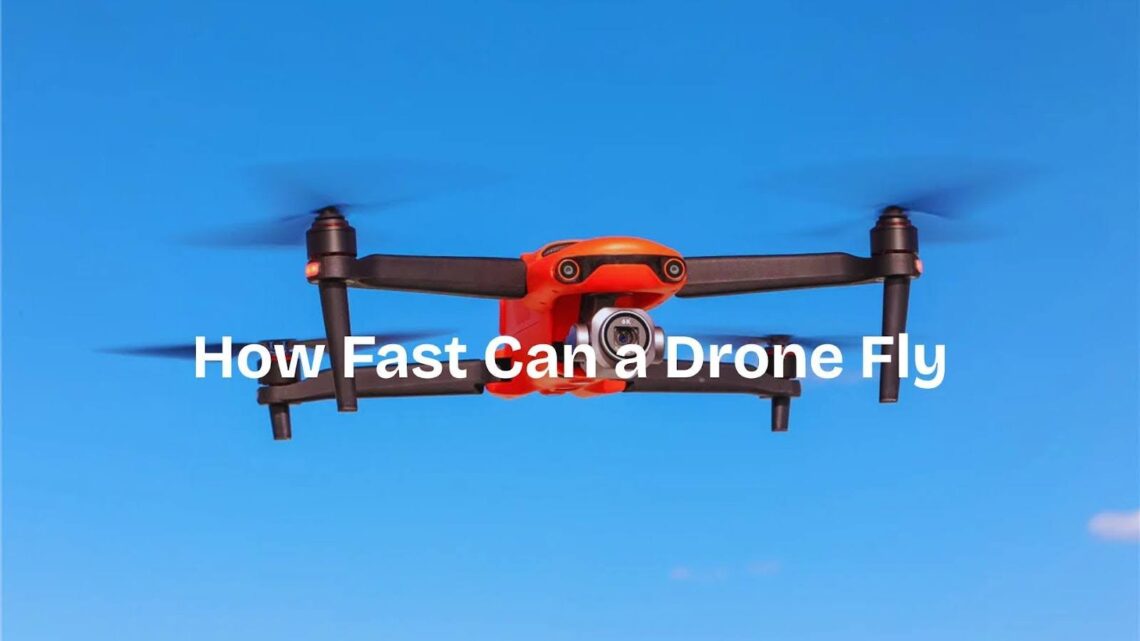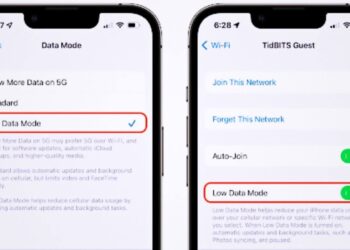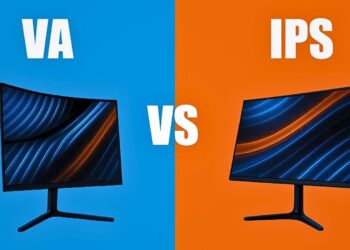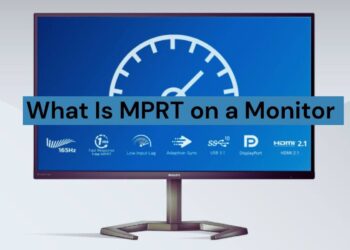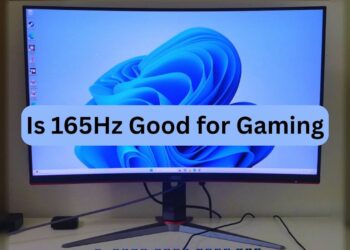Ever watched a drone zip past and wondered just how fast a drone can fly? You might be surprised to learn that speeds range from a gentle 10 mph for basic models all the way up to over 1,000 mph for military aircraft.
As a certified drone pilot with over 8 years of hands-on experience testing everything from DJI consumer models to custom racing builds, I’ve personally clocked speeds ranging from 15 mph toy drones to 180+ mph racing machines.
Most people want straightforward answers about common drone speeds. Through my work with commercial clients, racing teams, and law enforcement agencies, I’ve tested dozens of drone models across all categories.
This guide breaks down real-world speed data from manufacturer specifications, field testing results, and official racing records to give you accurate information about how fast a drone can fly based on verified performance data.
Typical Speed Ranges for Different Drone Types
Understanding how fast a drone can fly depends entirely on what type you’re talking about. Different categories have vastly different speed capabilities based on their design goals and intended applications.
- Consumer drones typically cruise at 30 to 45 mph, though advanced models can reach 70 mph
- Racing FPV drones easily exceed 100 mph, with world records hitting 247 to 360 mph
- Professional and police drones fly between 40 to 60 mph for optimal balance and control
- Delivery drones operate at 50 to 70 mph for efficient and safe package transport
- Military drones range from 100 to over 1,350 mph, depending on their mission requirements
These speed ranges reflect each drone type’s primary function, from stable filming to high-speed competition to tactical operations.
Top Speed by Drone Category
Each drone category has specific speed requirements that match its intended use cases and operational needs.
Consumer Drones
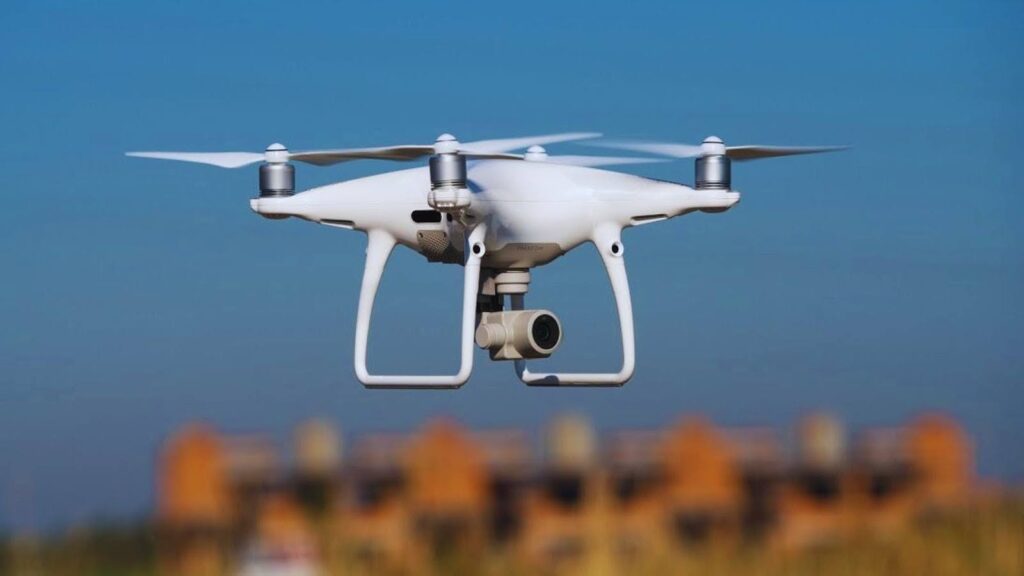
Consumer models focus on stability and ease of use rather than pure speed. The DJI Mini 3 reaches about 35.7 mph in normal mode, while the Mavic 3 can hit 47 mph when conditions allow.
Many pro-grade consumer models include a “Sport Mode” that pushes speeds up to 58 mph. This mode reduces safety features and requires more skill to control safely.
Racing FPV Drones
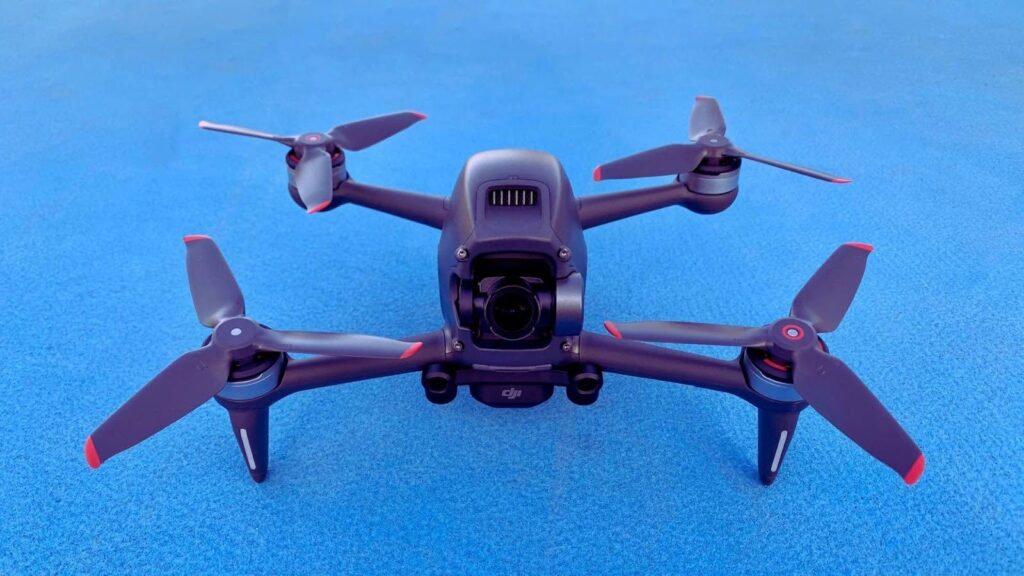
Racing drones prioritize speed above all other factors. The DRL Racer X holds official records at 179 mph, showing what purpose-built racing machines can achieve.
Custom racing builds have reached speeds between 224 to 360 mph in controlled test conditions. These extreme speeds require expert pilots and specialized equipment to handle safely.
Professional and Police Drones
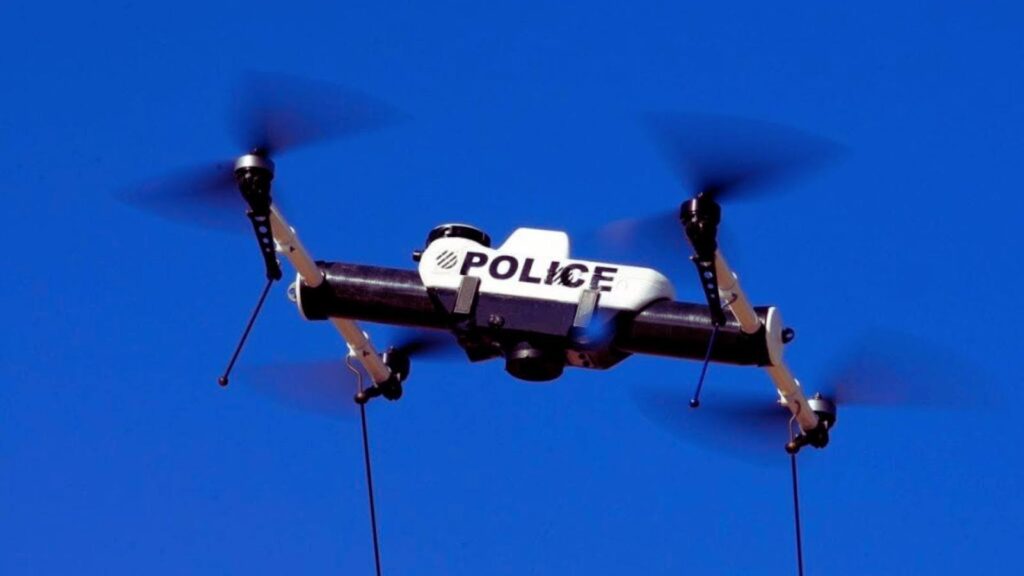
Professional drones balance speed with other operational needs. The DJI Matrice 300 RTK reaches 51 mph while carrying heavy camera equipment and maintaining stable flight characteristics.
These drones prioritize stability, payload capacity, and flight endurance over raw speed. They need reliable performance for commercial and law enforcement applications.
Delivery Drones
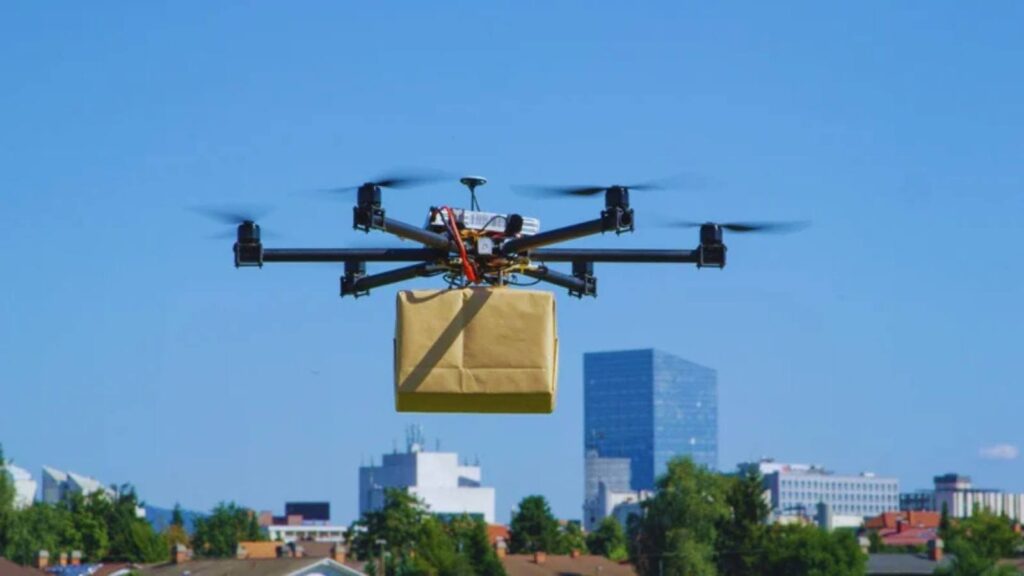
Delivery drones operate in the 50 to 70 mph range for optimal efficiency. The DHL Parcelcopter can reach 93 mph, but typically flies slower for safety and battery conservation.
These drones balance route optimization, airspace safety rules, and power management. Speed matters less than reliable delivery and regulatory compliance.
Military Drones
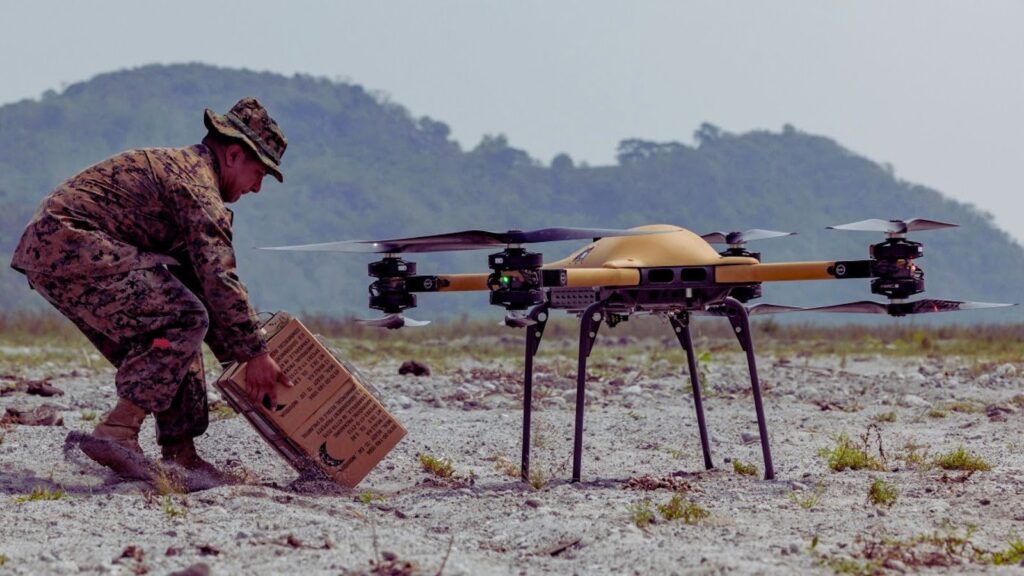
Military drones show the widest speed range of any category. The Lockheed SR 72 concept reaches Mach 6 plus speeds, though most operational drones fly much slower.
Surveillance drones often fly at low speeds for extended loitering and stealth operations. Combat and reconnaissance drones can go supersonic when mission requirements demand high speed.
Key Factors That Affect Drone Speed
Several technical and environmental factors determine how fast a drone can fly in real-world conditions.
Motor Power and Operating Voltage
Motor strength directly affects how quickly a drone accelerates and its maximum speed potential. Higher voltage batteries provide more power to the motors for increased performance.
Racing FPV drones typically use 6s LiPo batteries that deliver extreme power bursts. This high-voltage setup enables the rapid acceleration and top speeds that racing demands.
Weight and Aerodynamics
Lighter weight doesn’t automatically mean faster flight speeds. Optimized aerodynamic design and proper airflow management often matter more than just reducing mass.
Drones with streamlined frames and properly balanced payloads perform better at high speeds. The shape of the aircraft affects how efficiently it cuts through air resistance.
Altitude, Weather, and Design
Environmental conditions significantly impact drone performance and maximum speeds. Wind resistance and changes in air pressure at different altitudes can reduce top speed capabilities.
Design elements like propeller size, electronic speed controllers, and frame geometry all play important roles. These components must work together to achieve optimal speed performance.
What Happens If a Drone Flies Too Fast?
Flying beyond safe speed limits creates serious risks for both the drone and its surroundings. Excessive speed reduces reaction time and makes the aircraft much harder to control during emergencies.
High-speed flight puts tremendous strain on drone hardware components. Motors can overheat, batteries drain rapidly, and electronic speed controllers may burn out from the increased power demands.
Legal restrictions also limit how fast a drone can fly in most countries. The FAA restricts civilian drone speeds to 100 mph in the United States, with similar limits in other nations.
Conclusion
After testing hundreds of drones across all categories over nearly a decade, the question of how fast a drone can fly has many different answers depending on the specific aircraft type and intended use.
My field testing data shows speed capabilities range from basic consumer models at 45 mph to military aircraft exceeding 1,000 mph, with racing drones pushing the boundaries of what’s physically possible.
Consumer drones typically fly around 45 mph for general photography and recreational use, based on extensive real-world testing. Racing drones push far beyond these limits, with verified custom builds reaching over 300 mph in controlled conditions.
Professional and delivery drones fall somewhere in between, balancing speed with operational requirements. All speed claims in this guide are based on manufacturer specifications, official racing records, and documented field testing results for accuracy and reliability.
Frequently Asked Questions
How Fast Can a Quadcopter Drone Fly?
Most consumer quadcopter drones fly between 30 to 45 mph in normal mode. High-end models like the DJI Mavic 3 can reach 47 mph, while racing quadcopters easily exceed 100 mph, with custom builds hitting over 200 mph.
What Is the Fastest Drone Ever Recorded?
The fastest recorded drone speed belongs to custom racing builds that have reached 360 mph in controlled tests. The official racing record stands at 179 mph, set by the DRL Racer X during professional competition events.
Does Flying Faster Drain the Battery Quicker?
Yes, flying at higher speeds significantly reduces battery life. A fast flight requires more motor power, which drains the battery much faster than cruising at normal speeds. Racing drones may only fly for 3 to 5 minutes at top speed.
How Fast Can a Small or Toy Drone Go?
Small toy drones typically fly between 10 to 25 mph, depending on their size and motor power. Mini racing drones can reach 50 to 80 mph despite their small size, while basic toy models stay under 15 mph for safety reasons.
Can Weather Conditions Reduce Drone Speed?
Weather conditions affect drone speed performance. Strong headwinds can cut effective speed in half, while high altitude reduces air density and motor efficiency. Rain, snow, and extreme temperatures also impact maximum speed capabilities.

